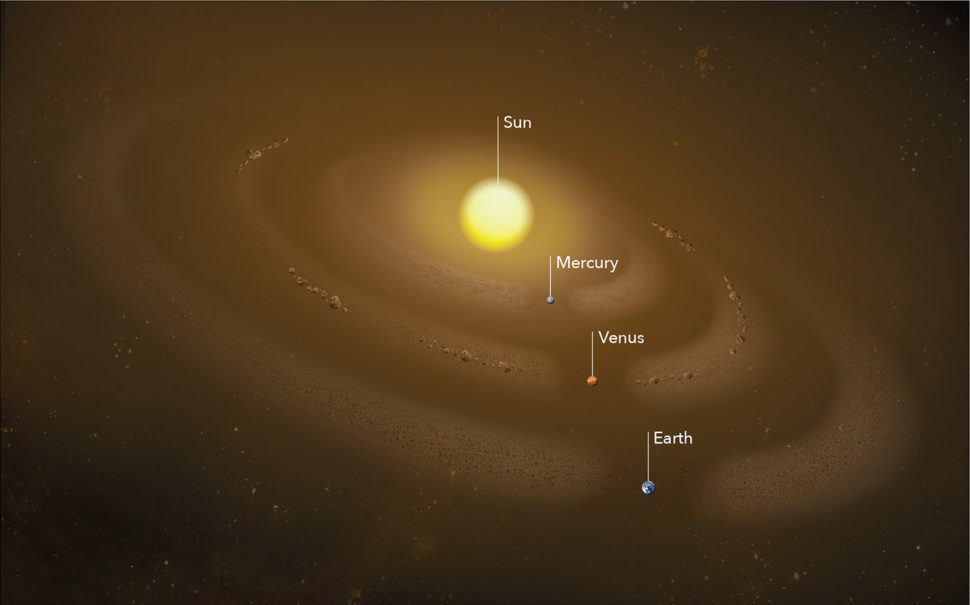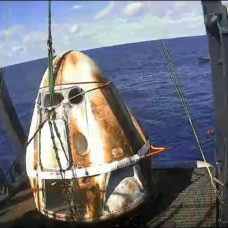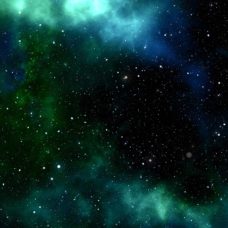A recent study conducted by researchers from NASA has yielded a surprising discovery: there’s a dust ring around Mercury.
Marc Kuchner, an astrophysicist at NASA’s Goddard Space Flight Center, said in a statement:
“It’s not every day you get to discover something new in the inner solar system. This is right in our neighborhood.”
Unsurprisingly, dust is common in space. Previous studies suggest that these grainy objects came from the debris of crumbling asteroids and comets. These cosmic grains tend to form rings around larger celestial objects like planets when they get trapped into their orbit. In our Solar System, both Venus and our planet have dust rings.
However, Mercury, being the nearest planet to the Sun, has always been thought to be alone in its orbit. Apparently, this assumption is wrong as a massive trail of fine space dust spanning 15 million kilometers wide is looming near the sun within the same orbit as Mercury.
Dust Ring in Mercury’s Orbit
Guillermo Stenborg, a co-author of the paper, said:
“People thought that Mercury, unlike Earth or Venus, is too small and too close to the Sun to capture a dust ring. They expected that the solar wind and magnetic forces from the Sun would blow any excess dust at Mercury’s orbit away.”
Stenborg, together with his colleague, Russell Howard, made the discovery by accident. They found the dust ring while looking for gaps in the dust near the Sun where they believe the cosmic grains should have been vaporized and swept clean.
According to the researchers, it’s like looking into a window splattered with rain and guessing whether it’s still pouring outside. From here on Earth, it seems like there’s just dust everywhere between our planet and the Sun.
The duo was able to determine the dust ring in Mercury’s orbit by using the pictures of interplanetary space taken by NASA’s STEREO satellite.
However, these pictures also capture the different types of light that shine back at us from the Sun. Sunlight becomes 100 times brighter when it bounces off of dust particles in space.
While studying the images, the team noticed the enhanced brightness circling our star around Mercury’s orbit.
Howard explained:
“It wasn’t an isolated thing. All around the Sun, regardless of the spacecraft’s position, we could see the same five percent increase in dust brightness, or density. That said something was there, and it’s something that extends all around the Sun.”
The discovery could also give scientists some clues about the origin of the dust ring and its composition.



















I felt both excited and worried knowing that this flying dust exists around the Mercury. Excited because of this new discovery and worried if this is just an indication of possible human extinction.
Nothing to worry, Isaac. Cosmic dust is important. Those dust is the stuff that made us.
If that is so, does it mean we can probably land to Mercury?
I’m not knowledgeable enough to answer this speculation.
Hi Rechelle, I really learned a lot and was updated about what’s new. Thank you, it’s awesome! 🙂